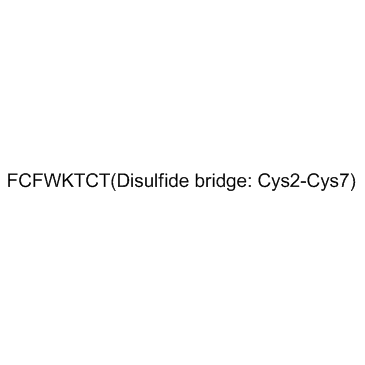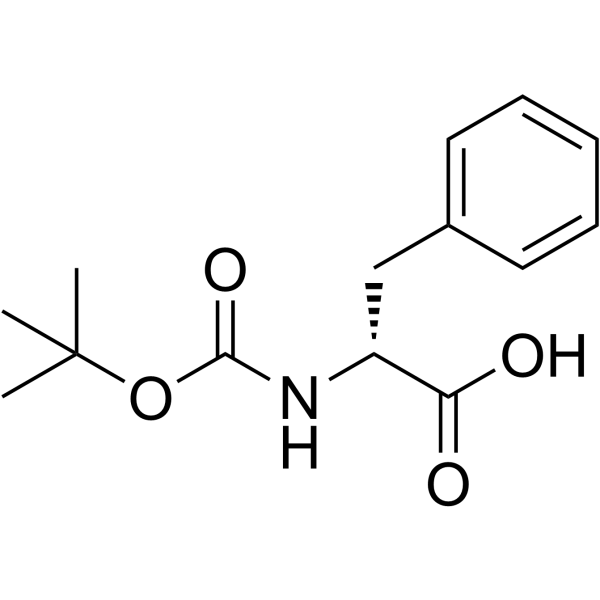83150-76-9
| Name | Octreotide acetate |
|---|---|
| Synonyms |
Octreotode Acetate
Octreotide Sandostatin<*> SMS 201-995 OCTREOTIDE ACETATE (GMP) Octreotideacetate 1,2-Dithia-5,8,11,14,17-pentaazacycloeicosane-4-carboxamide, 10-(4-aminobutyl)-19-[[(2R)-2-amino-1-oxo-3-phenylpropyl]amino]-7-[(1R)-1-hydroxyethyl]-N-[(1R,2R)-2-hydroxy-1-(hydroxymethyl)propyl]-13-(1H-indol-3-ylmethyl)-6,9,12,15,18-pentaoxo-16-(phenylmethyl)-, (4R,7S,10S,13R,16S,19R)- ctreotide H-D-Phe-Cys-Phe-D-Trp-Lys-Thr-Cys-L-threoninol acetate salt (Disulfide bond) MFCD00871400 D-Phe-Cys(1)-Phe-D-Trp-Lys-Thr-Cys(1)-N-[(1R,2R)-1-(Hydroxymethyl)-2-hydroxypropyl]-NH2 Phe-c(Cys-Phe-Trp-Lys-Thr-Cys)-CH(CH2OH)-CH(OH)-CH3 Longastatin OXTREOTIDE (4R,7S,10S,13R,16S,19R)-10-(4-Aminobutyl)-16-benzyl-N-[(2R,3R)-1,3-dihydroxy-2-butanyl]-7-[(1R)-1-hydroxyethyl]-13-(1H-indol-3-ylmethyl)-6,9,12,15,18-pentaoxo-19-(D-phenylalanylamino)-1,2-dithia-5,8,11,14,17-pentaazacycloicosane-4-carboxamide DARAMONOL Sandostatin Ocetreotide,Acetate |
| Description | Octreotide is a somatostatin analog that binds to the somatostatin receptor, mainly subtypes 2, 3, and 5, increases Gi activity, and reduces intracellular cAMP production. |
|---|---|
| Related Catalog | |
| In Vitro | Octreotide reverses the PA-induced alterations in Akt and GSK3β phosphorylation and expression of GS mRNA in HepG2 cells[1]. |
| In Vivo | Octreotide significantly lowers the plasma glucose levels in the obese rats of the HFD group. Octreotide intervention significantly decreases the serum insulin concentration; however, there is no marked reduction in serum TG, TC, FFA, ALT and AST levels. Octreotide significantly inhibits the HOMA index. Octreotide decreases ipGTT and ipITT AUCs, but not significantly. Octreotide improves fat degeneration in rats with HFD-induced obesity and lipid droplet accumulation in PA-treated HepG2 cells. Octreotide promotes the phosphorylation of Akt and GSK3β and the expression of GS mRNA in rats with HFD-induced obesity[1]. Octreotide reduces body weight and wet kidney weight compared with the vehicle-treated (CONT) group. PAS and Octreotide/PAS treatment decrease cAMP levels, but Octreotide alone does not in PCK rats. In the Octreotide/PAS group, there are a significantly fewer pS6-positive cells than in the PAS alone group[2]. |
| Animal Admin | AMale PCK rats (n = 24) are assigned randomly to 1 of 4 groups (n = 6 per group): treatment by subcutaneous injection every 4 weeks treatment with 8 mg/kg Octreotide-LAR alone, 8 mg/kg PAS-LAR alone, co-application of 8 mg/kg Octreotide and 8 mg/kg PAS, or vehicle (microparticles liquid; CONT) from 4 to 16 weeks of age. The vehicle contains copolymer microparticles with polylactic-co-glycolic acid (PLGA). In 4- and 15-week-old conscious rats, heart rate (HR), diastolic blood pressure (DBP), and systolic blood pressure (SBP) are determined using a tail-cuff sphygmomanometer. Twenty-four-hour urine volume and food consumption are measured using metabolic cages after 15.5 weeks of age. After body weight measurement, the animals are anesthetized with sodium pentobarbital at 16 weeks of age, and the kidneys and liver are removed rapidly, causing lethal exsanguination. Total wet kidney weight and wet liver weight are measured, and blood samples are collected for measurements of serum urea nitrogen (SUN), aspartate amino transferase (AST), alanine aminotransferase (ALT), insulin-like growth factor-1 (IGF-1), glucose, insulin, glucagon, and cortisol. |
| References |
| Density | 1.4±0.1 g/cm3 |
|---|---|
| Boiling Point | 1447.2±65.0 °C at 760 mmHg |
| Molecular Formula | C49H66N10O10S2 |
| Molecular Weight | 1019.239 |
| Flash Point | 829.1±34.3 °C |
| Exact Mass | 1018.440491 |
| PSA | 382.82000 |
| LogP | 0.77 |
| Vapour Pressure | 0.0±0.3 mmHg at 25°C |
| Index of Refraction | 1.673 |
| Storage condition | −20°C |
| Water Solubility | H2O: soluble |
| Personal Protective Equipment | Eyeshields;Gloves;type N95 (US);type P1 (EN143) respirator filter |
|---|---|
| RIDADR | NONH for all modes of transport |
| HS Code | 3004909090 |
|
~% 
83150-76-9 |
| Literature: Journal of Organic Chemistry, , vol. 68, # 3 p. 1161 - 1162 |
| Precursor 1 | |
|---|---|
| DownStream 0 | |
| HS Code | 3004909090 |
|---|

